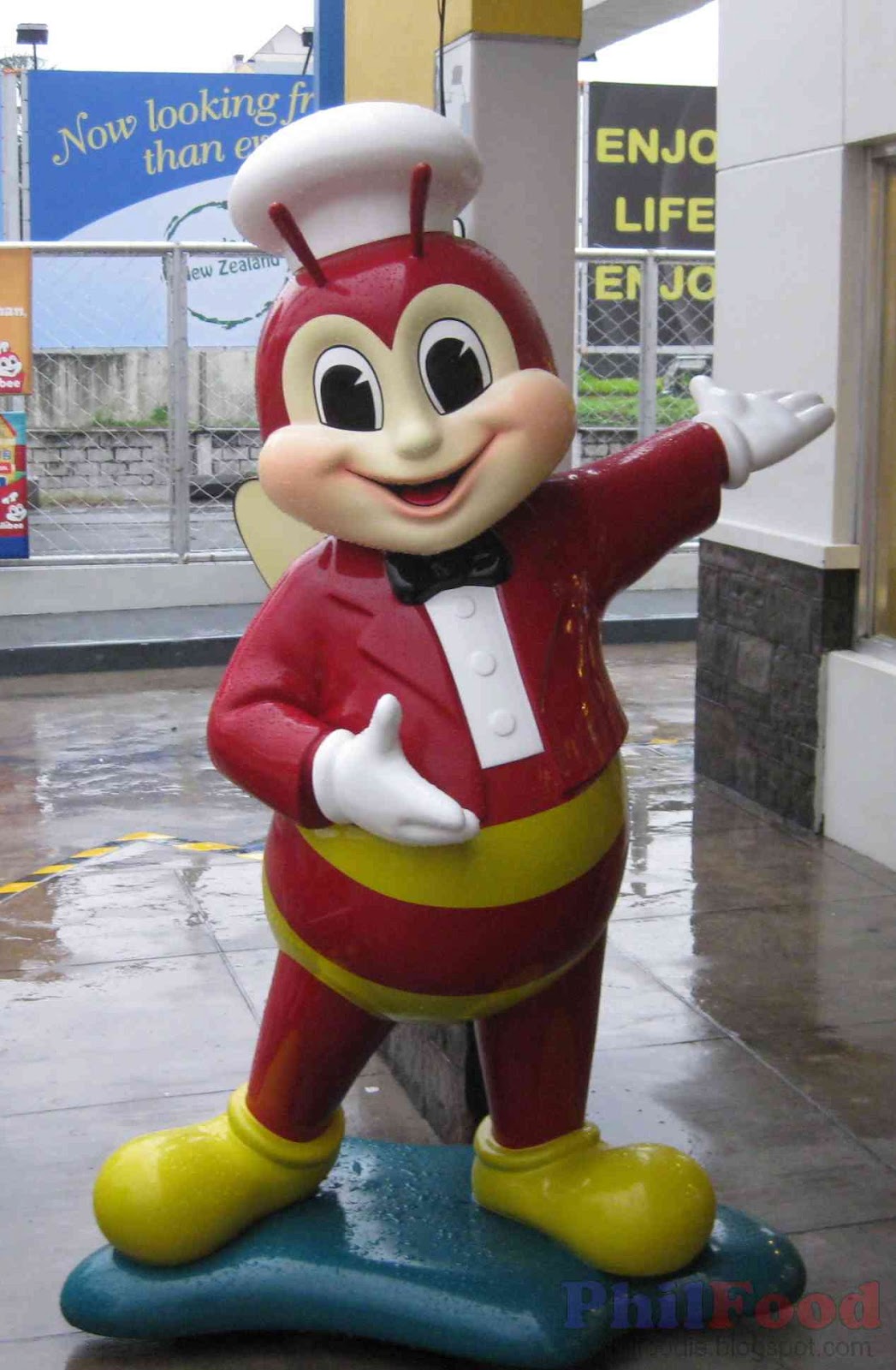Exploring The Jollibee Mascot: A Cultural Icon Of Joy And Deliciousness
The Jollibee mascot is more than just a representation of a fast-food chain; it embodies the spirit of joy and community that Jollibee, the Philippine-based restaurant, promotes. With its cheerful demeanor and love for family, the Jollibee mascot has become a beloved figure not only in the Philippines but around the world. This article will delve into the history, significance, and cultural impact of the Jollibee mascot, celebrating its role as a symbol of happiness and Filipino pride.
As we explore the journey of Jollibee from its humble beginnings to becoming a global phenomenon, we will also highlight the mascot's various portrayals and the values it represents. In addition, we will discuss how the Jollibee mascot has successfully connected with audiences through marketing strategies that resonate with both children and adults alike.
Join us as we uncover the story behind the Jollibee mascot, its evolution, and the reasons why it remains an enduring symbol of joy and delicious food in the fast-food industry.
Table of Contents
- 1. The History of Jollibee
- 2. Evolution of the Jollibee Mascot
- 3. Cultural Significance of Jollibee
- 4. Marketing Strategies Behind Jollibee
- 5. Jollibee's International Expansion
- 6. Memorable Mascot Appearances
- 7. Data and Statistics on Jollibee's Impact
- 8. Conclusion
1. The History of Jollibee
Jollibee started as an ice cream parlor in 1978, founded by Tony Tan Caktiong. Recognizing the demand for hot meals, he expanded the menu to include Filipino favorites like burgers and spaghetti. By 1978, the first official Jollibee store was opened in Quezon City, and it quickly gained popularity.
The Jollibee brand was established to reflect the joy of eating together as a family, and the mascot was introduced to personify this spirit. The character of Jollibee, with its friendly demeanor and iconic red and yellow colors, became a symbol of happiness.
2. Evolution of the Jollibee Mascot
The Jollibee mascot has evolved significantly since its inception. Initially, Jollibee was depicted as a simple cartoonish bee. Over the years, the design has been refined to give it a more friendly and approachable appearance.
2.1 Characteristics of the Jollibee Mascot
- A bright red and yellow color scheme
- A friendly smile and large expressive eyes
- A chef's hat and a bowtie
- Iconic dance moves and a playful personality
3. Cultural Significance of Jollibee
Jollibee represents more than just fast food; it embodies Filipino culture and values. The mascot signifies the importance of family, community, and shared moments of joy.
3.1 Jollibee as a Symbol of Filipino Identity
For many Filipinos, Jollibee is synonymous with childhood memories, celebrations, and family gatherings. The mascot's cheerful personality reflects the warmth and hospitality that Filipinos are known for.
4. Marketing Strategies Behind Jollibee
Jollibee's marketing strategies have played a crucial role in its success. The company has utilized various channels to connect with its audience, including television commercials, social media campaigns, and community events.
4.1 Emotional Storytelling in Advertising
Jollibee's advertisements often feature heartwarming stories that resonate with viewers. By portraying relatable family moments, the brand creates an emotional connection with its audience.
5. Jollibee's International Expansion
Jollibee has successfully expanded its presence beyond the Philippines, with branches in various countries including the United States, Canada, and the Middle East. The mascot plays a vital role in introducing the brand to new markets, appealing to the local population while retaining its Filipino identity.
6. Memorable Mascot Appearances
The Jollibee mascot has made numerous memorable appearances, from birthday parties to public events. Children and adults alike are drawn to the character, creating a joyful atmosphere wherever it goes.
6.1 Jollibee's Birthday Parties
Jollibee birthday parties are a popular choice among families. The mascot entertains guests with dance performances and photo opportunities, making it a memorable experience for children.
7. Data and Statistics on Jollibee's Impact
Jollibee has grown significantly since its inception, with over 1,400 stores in the Philippines and expanding presence internationally. According to recent statistics, Jollibee is one of the fastest-growing fast-food chains in the world.
- Over 30 million customers served daily
- Ranked as the number one fast-food chain in the Philippines
- Continues to expand globally with new store openings
8. Conclusion
In conclusion, the Jollibee mascot is not just a marketing tool; it is a cultural icon that resonates with people of all ages. Its representation of joy, community, and Filipino identity has made it a beloved figure both in the Philippines and around the world. As Jollibee continues to expand its reach, the mascot will undoubtedly remain at the forefront of its brand, bringing smiles and delicious food to families everywhere.
We encourage readers to share their own Jollibee experiences and thoughts about the mascot in the comments below. Don’t forget to explore more articles on our site!
Article Recommendations
- 5 2024 Kannada
- Kirk Cameron Height
- Shannonharpe Relationships
- Scheels Black Friday Ad
- Dermot Kennedy Height
- Subhashree Sahu All Seasons Mms
- Matt Czuchry Wife
- Homer James Jigme Gere
- Alex Lagina And Miriam Amirault Wedding
- Pictures Of Jimmy Buffett


